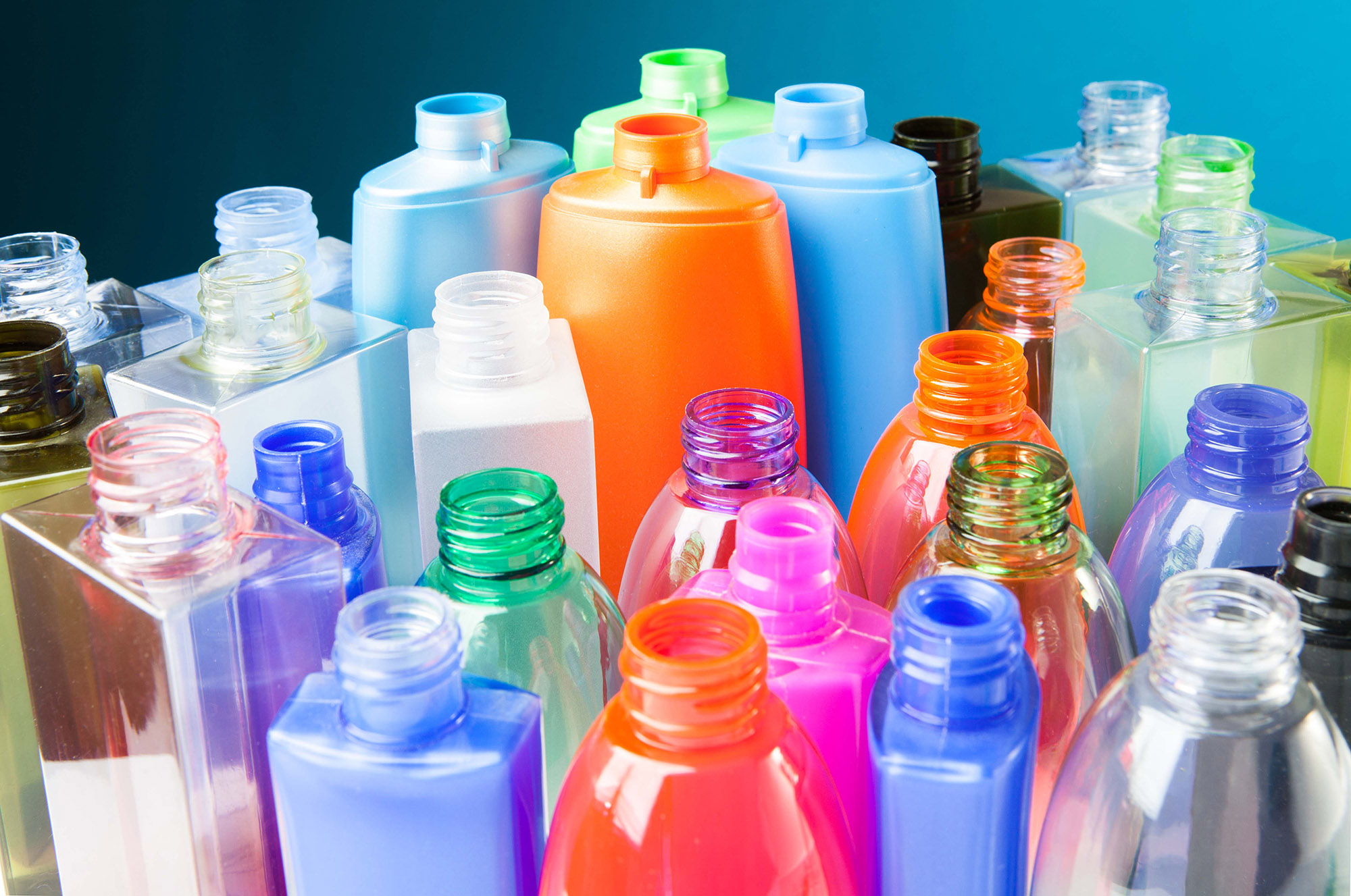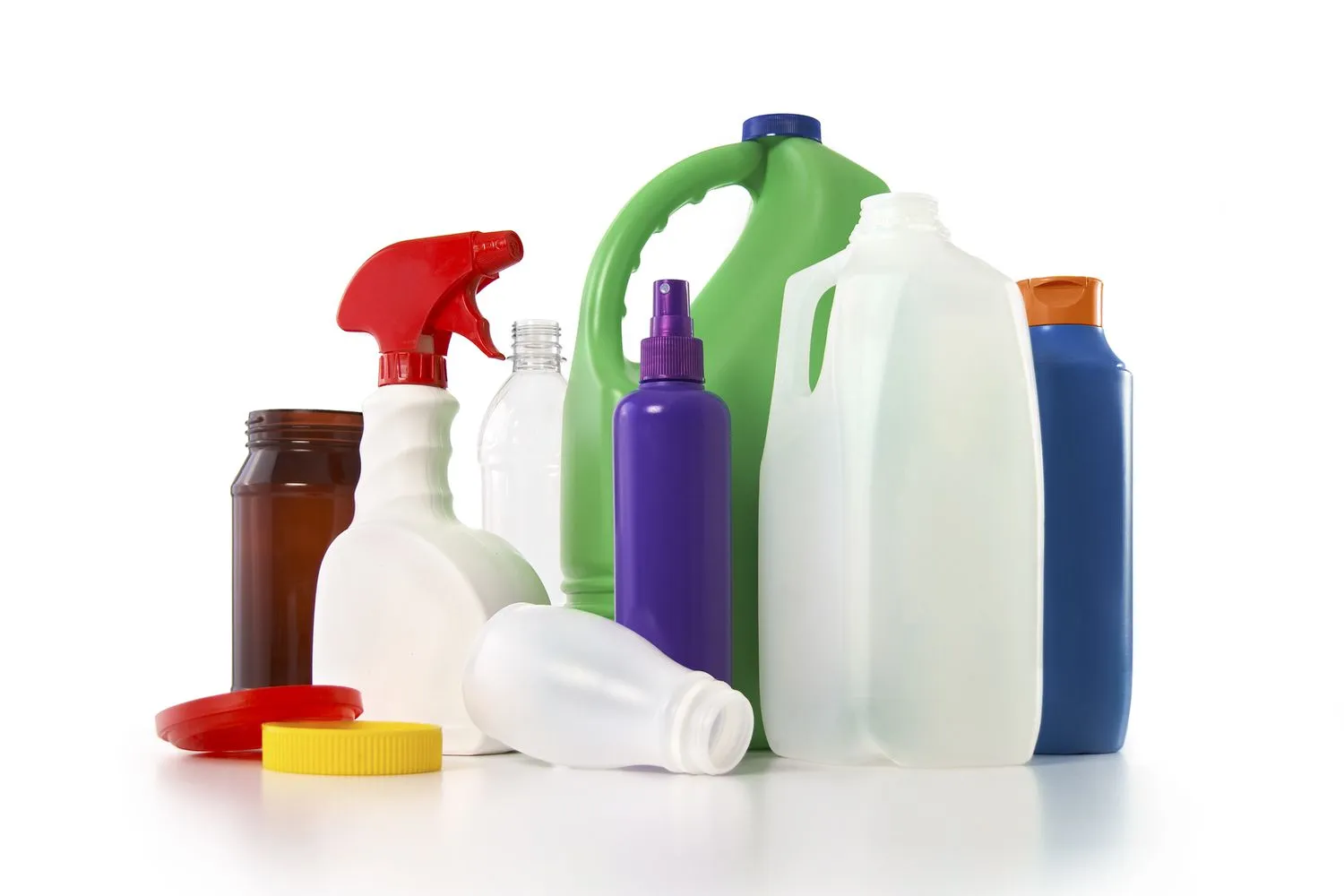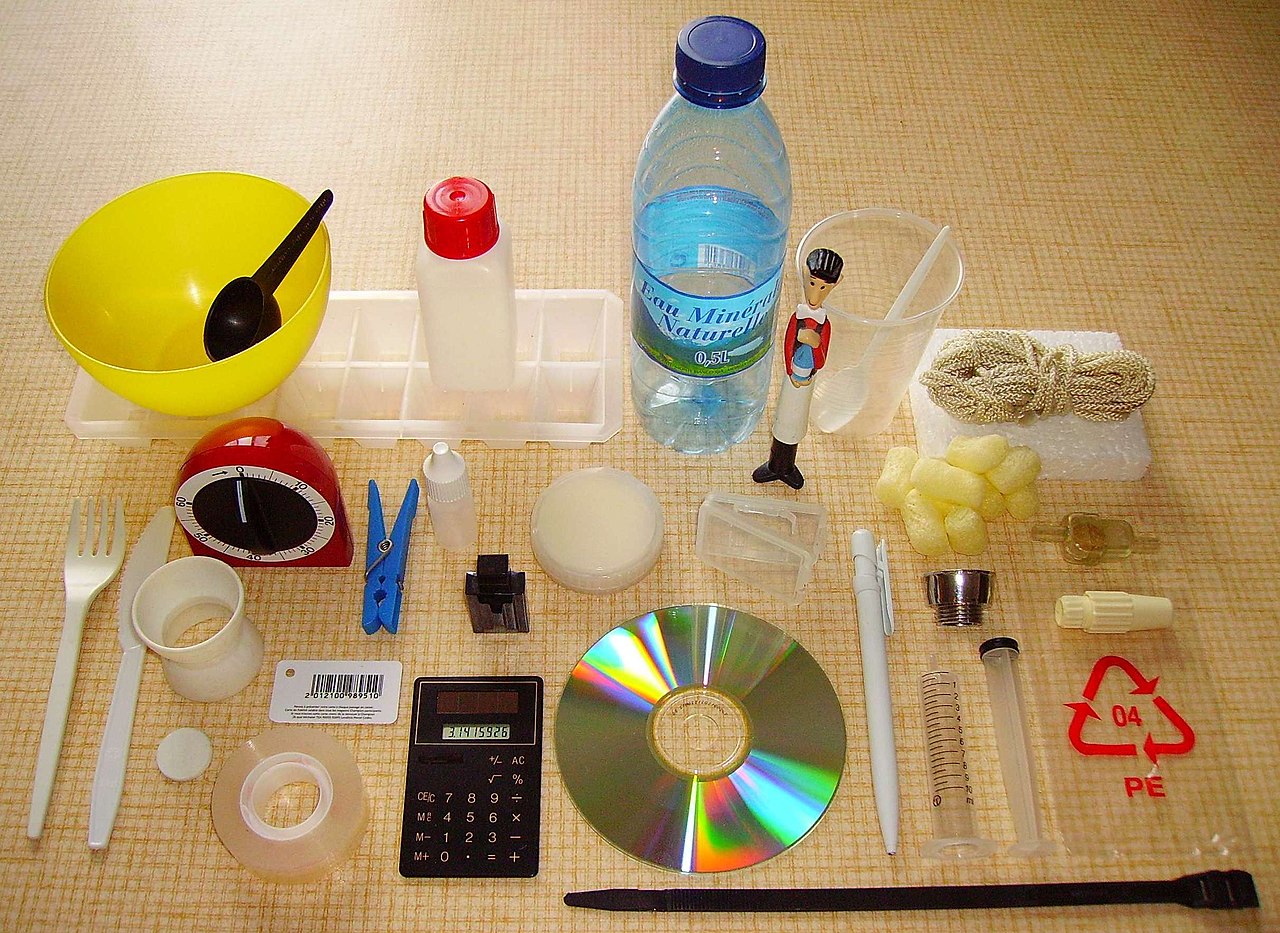In a competitive market, manufacturers face constant pressure to reduce plastic production costs without compromising product performance or reliability. While cutting corners may seem tempting, it often leads to defects, higher rejection rates, and dissatisfied customers. Instead, sustainable strategies such as material optimization, process efficiency, and innovative technologies can deliver cost savings and consistent quality.
1. Why Lowering Plastic Production Costs Matters
1.1. Rising global resin prices and market volatility
Plastic is one of the world’s most consumed materials, and resin - the base feedstock - accounts for the majority of production costs. According to PlasticsEurope’s Plastics the Facts 2023 report, raw materials typically represent 60–70% of total manufacturing expenses in plastics production. With crude oil prices fluctuating and supply chains facing geopolitical disruptions, resin costs have become increasingly unpredictable, forcing manufacturers to explore stable cost-saving alternatives.
1.2. Growing demand for cost-effective yet high-quality products
Consumers and industries alike expect plastics to be both affordable and high performing. For instance, packaging producers must balance low costs with durability, while the automotive sector requires lightweight yet strong components. The challenge lies in meeting these diverse needs while staying competitive in markets where price sensitivity is high. Cutting costs recklessly can lead to customer dissatisfaction, but refusing to innovate risks losing market share.
1.3. The risk of sacrificing quality for savings
Short-term savings achieved by reducing resin content or lowering production standards often backfire. A poorly formulated product can suffer from reduced mechanical strength, higher breakage rates, or surface defects. Not only do these flaws result in higher rejection rates and rework, but they also damage customer trust. For example, packaging films with inadequate tensile strength may tear easily, leading to product loss and retailer complaints. As a result, lowering plastic production costs should never mean compromising end-use performance. The true goal is strategic cost reduction-cutting waste, optimizing resources, and adopting innovations that support both efficiency and quality.

2. Understanding the Major Components of Plastic Production Costs
2.1. Raw materials (resins, fillers, additives)
The single largest expense in plastic manufacturing is resin. Virgin polyethylene (PE), polypropylene (PP), and polystyrene (PS) dominate global markets, but their prices can swing dramatically. To offset these costs, many companies integrate fillers such as calcium carbonate (CaCO₃) or talc, which partially replace virgin resin while enhancing stiffness and reducing shrinkage. Additives such as stabilizers, lubricants, or processing aids also factor into costs but are often essential for ensuring long-term product quality.
2.2. Energy consumption in extrusion, molding, and recycling
Plastic production is highly energy-intensive. Extrusion, injection molding, and blow molding all require significant amounts of electricity or heat. A report by the International Energy Agency (IEA) shows that the plastics and petrochemicals sector accounts for over 10% of global final energy demand (IEA – The Future of Petrochemicals). Rising energy costs make it imperative for manufacturers to optimize processes, reduce cycle times, and upgrade equipment for better efficiency.
2.3. Labor and maintenance costs
Although automation has reduced labor intensity in plastics, human oversight remains crucial for quality control, machine setup, and troubleshooting. Skilled labor shortages in many regions also drive wages upward. Additionally, maintenance of molds, extruders, and auxiliary systems contributes to overall expenses. Downtime caused by machine failures can escalate costs further, underlining the need for predictive maintenance.
2.4. Waste, scrap, and rejection rates
Defective products and production scrap are hidden drains on profitability. Each rejected item not only wastes resin but also consumes energy, labor, and machine time. In high-volume industries like film extrusion, even a 2–3% rejection rate can translate into massive financial losses. For this reason, many cost-reduction strategies emphasize minimizing waste through better process control, optimized mold design, and recycling in-house scrap.

Understanding the Major Components of Plastic Production Costs
3. Strategies to Reduce Plastic Production Costs Without Losing Quality
The most effective approaches to lowering plastic production costs fall into three categories: smart material choices, process efficiency improvements, and innovation adoption. In this first half, we will explore smart material strategies in detail.
3.1. Smart Material Choices
One of the fastest ways to control costs is by rethinking the materials used in production. Rather than relying solely on virgin resin, manufacturers can incorporate fillers, recycled plastics, and properly selected resin grades to achieve a balance between cost and performance.
Using filler masterbatch
Filler masterbatch-typically made from calcium carbonate (CaCO₃) or talc-is widely used to reduce resin consumption. By dispersing mineral fillers into a carrier resin, manufacturers can replace a portion of expensive virgin resin with a more affordable alternative. The benefits extend beyond cost reduction. For example, CaCO₃ masterbatch enhances stiffness, reduces shrinkage, and improves printability for packaging films.
A study published in Polymer-Plastics Technology and Materials found that incorporating 20–30% CaCO₃ in polypropylene improved rigidity while reducing production costs by up to 15%. This makes filler masterbatch a go-to solution for manufacturers aiming to remain competitive in packaging, injection molding, and extrusion applications.
Using recycled or reprocessed materials
Recycled plastics have gained traction as both a cost-saving and environmentally responsible option. Mechanical recycling allows polyethylene and polypropylene waste to be reprocessed into usable pellets, which can then be blended with virgin resin. When sourced from reliable suppliers, recycled resins can match the performance of virgin polymers in non-critical applications such as household goods, crates, and secondary packaging.
For example, Coca-Cola has reported saving millions annually by incorporating recycled PET into beverage bottles without compromising structural integrity (Coca-Cola Sustainability Report 2022 – Packaging
). While food-contact applications require certified grades, many industrial uses can safely integrate recycled content, reducing reliance on virgin resin and lowering plastic production costs.
Matching resin grades to applications
Another often-overlooked factor is over-specification. Many manufacturers default to high-grade or high-performance resins even when the application does not demand it. By carefully matching resin grade to the product’s functional requirements, companies can avoid unnecessary expenses. For instance, using a high-impact polypropylene may be essential for automotive bumpers but excessive for simple household containers. Selecting the right grade ensures cost-effectiveness while preserving necessary performance.
3.2. Process Efficiency Improvements
Besides material strategies, optimizing processes can bring significant savings without reducing product quality. A key principle here is lean manufacturing, which aims to minimize waste, streamline workflows, and improve consistency. In the plastics industry, lean practices often translate into shorter cycle times, reduced scrap rates, and better utilization of machine capacity.
Real-time monitoring systems are another valuable tool. By equipping extrusion or injection molding machines with sensors, manufacturers can track temperature, pressure, and cycle consistency. This data enables predictive maintenance, reducing costly unplanned downtime. A case study from Plastics Technology magazine highlighted how predictive maintenance cut machine downtime by 30% in an injection molding facility.
Optimized mold design also plays a role. A well-designed mold minimizes shrinkage, warpage, and uneven cooling, which reduces defective parts. For example, the use of conformal cooling channels created via 3D printing has helped companies lower cycle times by 20–40% while reducing scrap rates.
Finally, reusing in-house scrap can significantly offset costs. Regrinding rejected parts or trimmings and feeding them back into production is standard practice in many factories. When carefully blended with virgin or masterbatch material, scrap recycling reduces waste without affecting quality.

3.3. Innovation and Technology Adoption
Modern technology has transformed how plastics are manufactured. Industry 4.0 concepts, such as smart factories, allow for seamless integration of machines, sensors, and analytics. With connected equipment, managers can identify inefficiencies, predict failures, and optimize energy consumption in real time.
AI-driven quality control systems are also becoming widespread. By using computer vision to inspect products during production, manufacturers can detect defects instantly, reducing rejections and manual labor. A study published in Journal of Manufacturing Systems found that AI-based defect detection reduced inspection errors by over 25% in plastic component manufacturing.
Automation and robotics provide additional savings. Automated pick-and-place robots, for instance, speed up part handling and reduce labor costs while maintaining accuracy. This is particularly valuable in high-volume packaging or automotive component production.
Digital twins-virtual models of physical processes-are another promising tool. By simulating extrusion or molding operations digitally, manufacturers can predict cost implications, test design variations, and avoid expensive trial-and-error runs.
4. Case Studies and Real-World Examples
4.1. How filler masterbatch lowered costs for packaging films
A packaging company in India adopted CaCO₃ masterbatch at 20% loading for polyethylene film production. The result was a 15–18% cost reduction in raw materials while maintaining tensile strength and printability. This case was reported in Journal of Applied Polymer Science, confirming that CaCO₃ fillers not only reduce plastic production costs but also enhance stiffness and opacity
4.2. Automotive companies using recycled plastics successfully
The automotive industry has increasingly integrated recycled plastics to meet sustainability and cost goals. For instance, Ford Motor Company uses recycled ocean plastics in wiring harness clips for the Ford Bronco Sport, cutting material costs and reducing environmental impact. According to Ford’s press release, these clips demonstrate that recycled plastics can meet strict performance requirements even in demanding automotive applications.
4.3. Energy-efficient molding machines reducing electricity bills
In Germany, a medical device manufacturer replaced its conventional injection molding machines with all-electric models. The shift led to a 50% reduction in energy consumption, translating into annual savings of €50,000. The company also reported more consistent part quality due to precise control of injection parameters. This example was documented by Arburg, a leading manufacturer of electric molding machines.
5. FAQs
What is the biggest factor in plastic production costs?
Raw materials, especially virgin resin, typically account for 60–70% of total production costs
Can recycled plastics match virgin resin quality?
Yes, when sourced and processed correctly. For example, recycled PET (rPET) has been widely used in beverage bottles, meeting quality standards set by food and beverage companies
How much can fillers reduce costs in plastics?
Studies show that using CaCO₃ masterbatch can reduce raw material costs by up to 15% in polypropylene and polyethylene applications
What technologies help lower costs in manufacturing?
Key technologies include AI-driven quality control, automation, predictive maintenance, and digital twins, which together can cut costs by 20–30% depending on application

6. Conclusion
Lowering plastic production costs without sacrificing quality is not only possible but also essential in today’s competitive landscape. The most effective strategies involve a combination of material optimization, process efficiency, and innovation. By using filler masterbatch, recycled materials, and appropriate resin grades, companies can reduce dependence on volatile resin prices. Process improvements such as predictive maintenance, optimized mold design, and lean manufacturing minimize waste and downtime. Finally, adopting advanced technologies like AI inspection, automation, and digital twins ensures consistent quality while cutting costs.
Real-world examples-from packaging companies saving millions through filler masterbatch, to automotive firms embracing recycled plastics, and manufacturers slashing energy bills with electric molding machines-demonstrate that cost savings and quality enhancement can go hand in hand.
📩 For manufacturers seeking to stay competitive, the next step is clear: explore innovative strategies, collaborate with trusted suppliers, and embrace technologies that transform cost pressures into opportunities.
7. About EuroPlas
EuroPlas has established itself as a world-leading supplier of filler masterbatch products. Beyond its current position, EuroPlas is continually innovating and developing high-quality products to meet the diverse needs of the global market.
Furthermore, EuroPlas has been at the forefront of combining MC resin with other polymers to create unique blends with superior properties. This not only enhances product quality but also expands the range of applications in various industries.
Through continuous innovation and a commitment to quality, EuroPlas has solidified its position as a pioneer in the application and development of MC resin, making significant contributions to the growth of the plastics industry and the filler masterbatch sector in particular. If you require further information about MC resin and filler masterbatch products, please contact EuroPlas or fill out the form, and we will get back to you shortly.